Growing hellebore plants in your garden provides great late winter and spring flowers. Hellebores, also know as Lenten roses, bloom from February to late May. These perennials provide year round attractive evergreen foliage in most regions. Lenten roses adapts well to sunny to mostly shade areas.
Planting Hellebore Plants
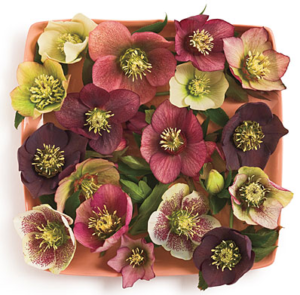 When selecting a site to grow Hellebore Plants, select partial shade with rich yet well draining soil. Great to use on hillsides, raised planters and in large pots.
When selecting a site to grow Hellebore Plants, select partial shade with rich yet well draining soil. Great to use on hillsides, raised planters and in large pots.
Plant them just below the crown. The crown is the top soil level. All roots need air and if you plant the crown deep you will have problems. Remove all old potting soil and spread out the root system. Hellebore plants grow in large clumps which you can subdivide.
Epic Grower LLC current carries the Sunshine Hellebore plants. The planned release is mid summer. All Hellebore plants are growing in 1 gallon nursery pots. Since many of the Hellebores in the sunshine collection cross pollinate you may be a new flower type. The long lasting blooms are somewhat downward facing.
Hellebore Plants Care
Hellebore plants are late winter through May bloomers. The start to go dormant during the heat of summer. Repeat: Heat of summer causes them to stop growth.
Also, once a year provide the plants with additional compost or rich soil (Manure works well). During their dormant period reduce watering and protect from excessive heat. Yes, they will grow in full sun but prefer partial shade.
During their growing periods (spring/fall) increase watering . Make sure the water drains well to prevent roots problems. In fall, prune back old foliage/leaves back to base. Basically leave good/new foliage on the plant.


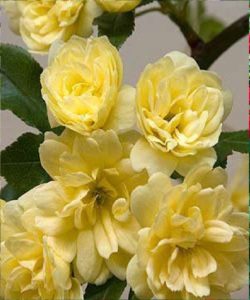 Climbing roses were 100% sold out in 2022. Fairy rose, Westminster, Lady Banks, Sea Foam, Cascade, Pinata and others in 1 gallon and 3 gallon sizes disappear before spring ended. Expect a wider variety of these roses and more of them for 2023.
Climbing roses were 100% sold out in 2022. Fairy rose, Westminster, Lady Banks, Sea Foam, Cascade, Pinata and others in 1 gallon and 3 gallon sizes disappear before spring ended. Expect a wider variety of these roses and more of them for 2023.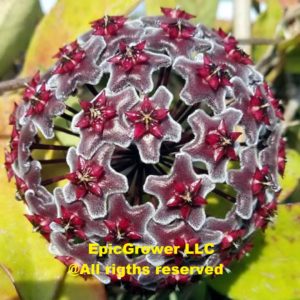 Hoya Plant Propagation – Long Vines
Hoya Plant Propagation – Long Vines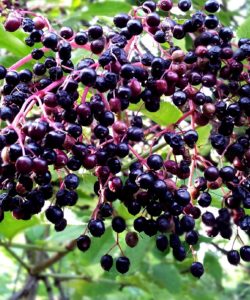 Not all berry bushes are the same. Before winter pruning your berry bushes, you need to know how your plant grows. Do the berries grow on old wood or new wood? Most berry plants put out new canes/stems from the ground every year. You need to know if berries will grow on the new canes from the new year or on the canes from the previous year. Some berry bushes grow fruit on new and old wood, such as blueberry plants. However, the best tasting blueberries are from new canes grown the year prior. If you grow blueberries, winter prune the plants all the way back. Leave 3.5 of the news canes alone.
Not all berry bushes are the same. Before winter pruning your berry bushes, you need to know how your plant grows. Do the berries grow on old wood or new wood? Most berry plants put out new canes/stems from the ground every year. You need to know if berries will grow on the new canes from the new year or on the canes from the previous year. Some berry bushes grow fruit on new and old wood, such as blueberry plants. However, the best tasting blueberries are from new canes grown the year prior. If you grow blueberries, winter prune the plants all the way back. Leave 3.5 of the news canes alone.
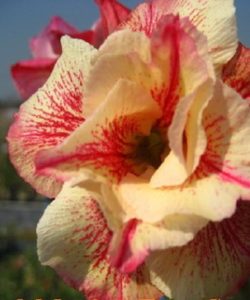 Epic Grower Georgia location houses the transferred rare topical and adenium desert rose plants. The desert rose plants ost their leaves during the move. New leaves sprouted last week. The standard and large sizes adenium desert rose plants are now released for sale.
Epic Grower Georgia location houses the transferred rare topical and adenium desert rose plants. The desert rose plants ost their leaves during the move. New leaves sprouted last week. The standard and large sizes adenium desert rose plants are now released for sale.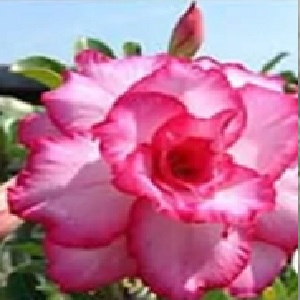
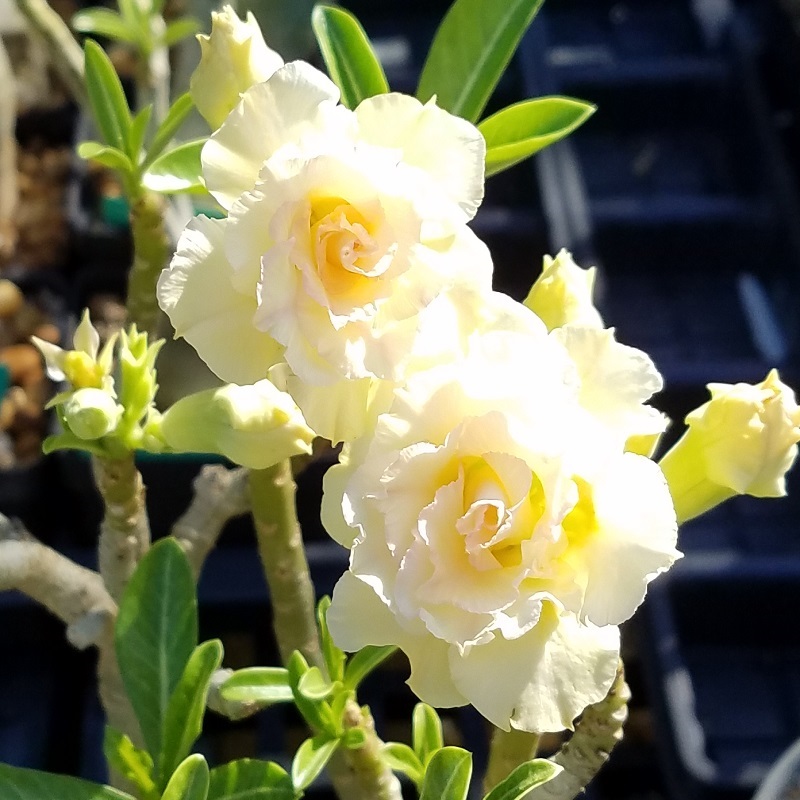

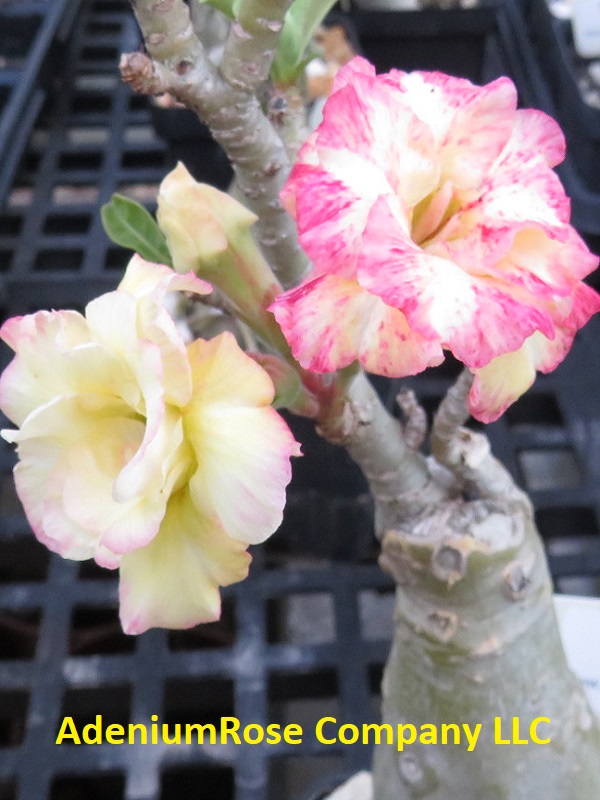

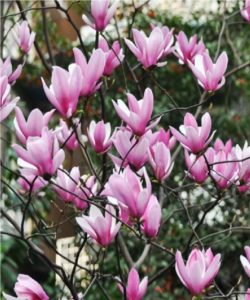 Magnolia tree types vary greatly: some are evergreens while others are deciduous. Some grow into very tall stately trees and other impressive tall bushes. Flowers range from white to pink to lavender to purple. One type may have large leather leaf while other look like willow leaves.
Magnolia tree types vary greatly: some are evergreens while others are deciduous. Some grow into very tall stately trees and other impressive tall bushes. Flowers range from white to pink to lavender to purple. One type may have large leather leaf while other look like willow leaves.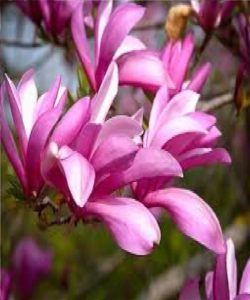 These make excellent specimen trees or a fantastic hedge. The “Little Girl” magnolia trees are deciduous (lose their leaves during winter). They produce tons of flowers and many times they bloom again during the summer in many areas.
These make excellent specimen trees or a fantastic hedge. The “Little Girl” magnolia trees are deciduous (lose their leaves during winter). They produce tons of flowers and many times they bloom again during the summer in many areas.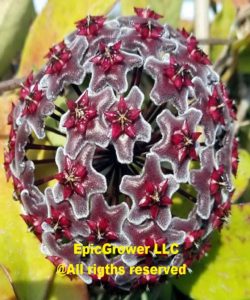 Hoyas grow in humid warm environments in nature. Very few will tolerate cold weather below 50 degrees for very long. Most hoya plants, once you understand they needs, are easy to maintain. Some grow very slowly while others grow fast. Some are easy to propagate and others very hard. 99% of all hoyas are propagated by cuttings – not seeds
Hoyas grow in humid warm environments in nature. Very few will tolerate cold weather below 50 degrees for very long. Most hoya plants, once you understand they needs, are easy to maintain. Some grow very slowly while others grow fast. Some are easy to propagate and others very hard. 99% of all hoyas are propagated by cuttings – not seeds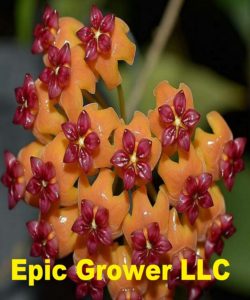 Hoyas vary in their light requirements to flower. However, 97% of them prefer shaded indirect light. They grow great in covered patio areas with strong indirect light. If you have a covered front porch, they make great hanging or draping plant specimens.
Hoyas vary in their light requirements to flower. However, 97% of them prefer shaded indirect light. They grow great in covered patio areas with strong indirect light. If you have a covered front porch, they make great hanging or draping plant specimens.